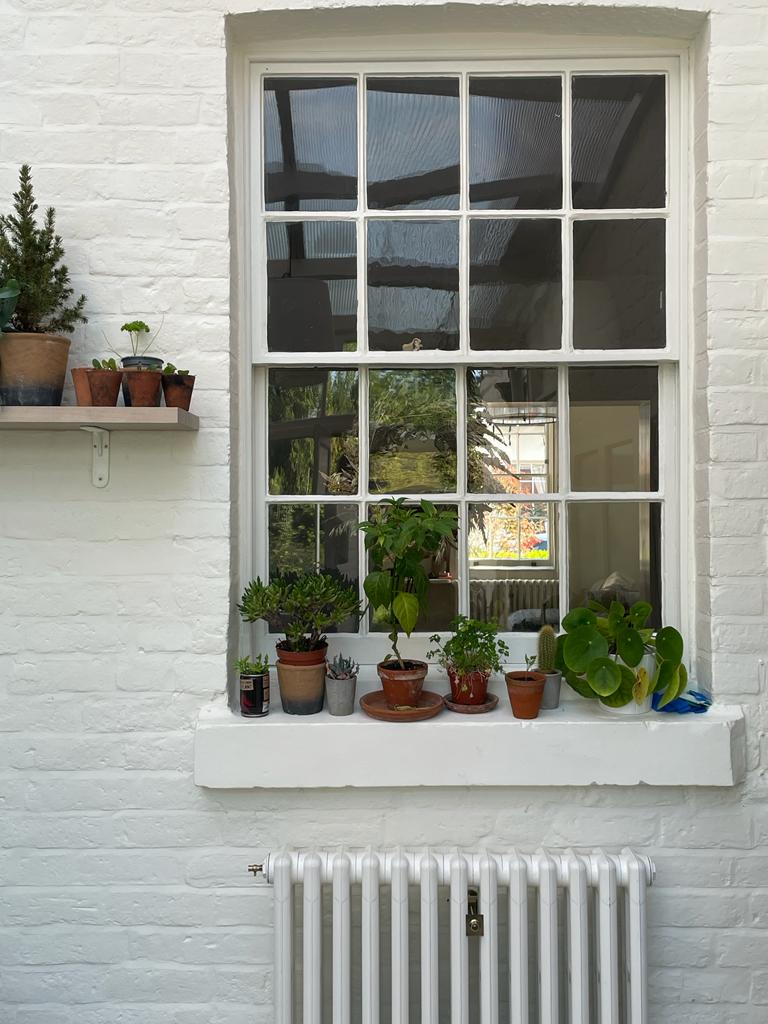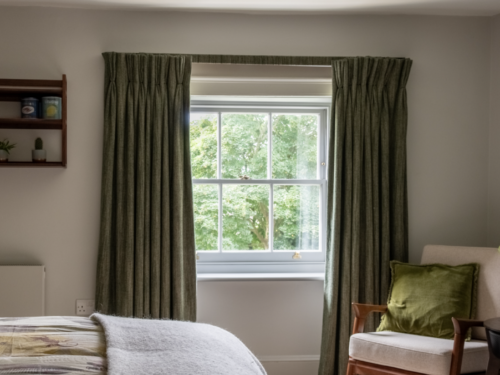
How to Repaint Sash Windows for a Fresh Summer Look
Related news

How To Restore Sash Windows | Step-by-Step Guide
Over time, sash windows can develop issues like draughts, rattling, rot, and difficulty opening or closing. Restoring them improves their appearance, energy efficiency, and functionality while maintaining their classic charm. The restoration process depends on the window’s condition, but the main steps remain the same. Below is a breakdown of the key stages: Parts of …

We’re Bringing Heritage to the Heart of London with Our New Tube Campaign!
If you’ve recently taken a ride on the London Underground, you may have spotted something exciting – William Richards Sash Windows is now proudly featured across several key Tube stations! Our latest advertising campaign is bringing our passion for beautifully crafted, high-quality timber sash windows to the heart of the capital. Whether you’re commuting to …
Your browser is out of date!
Update your browser to view this website correctly. Update my browser now






